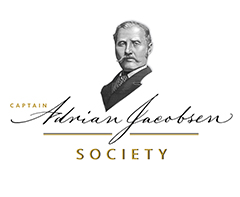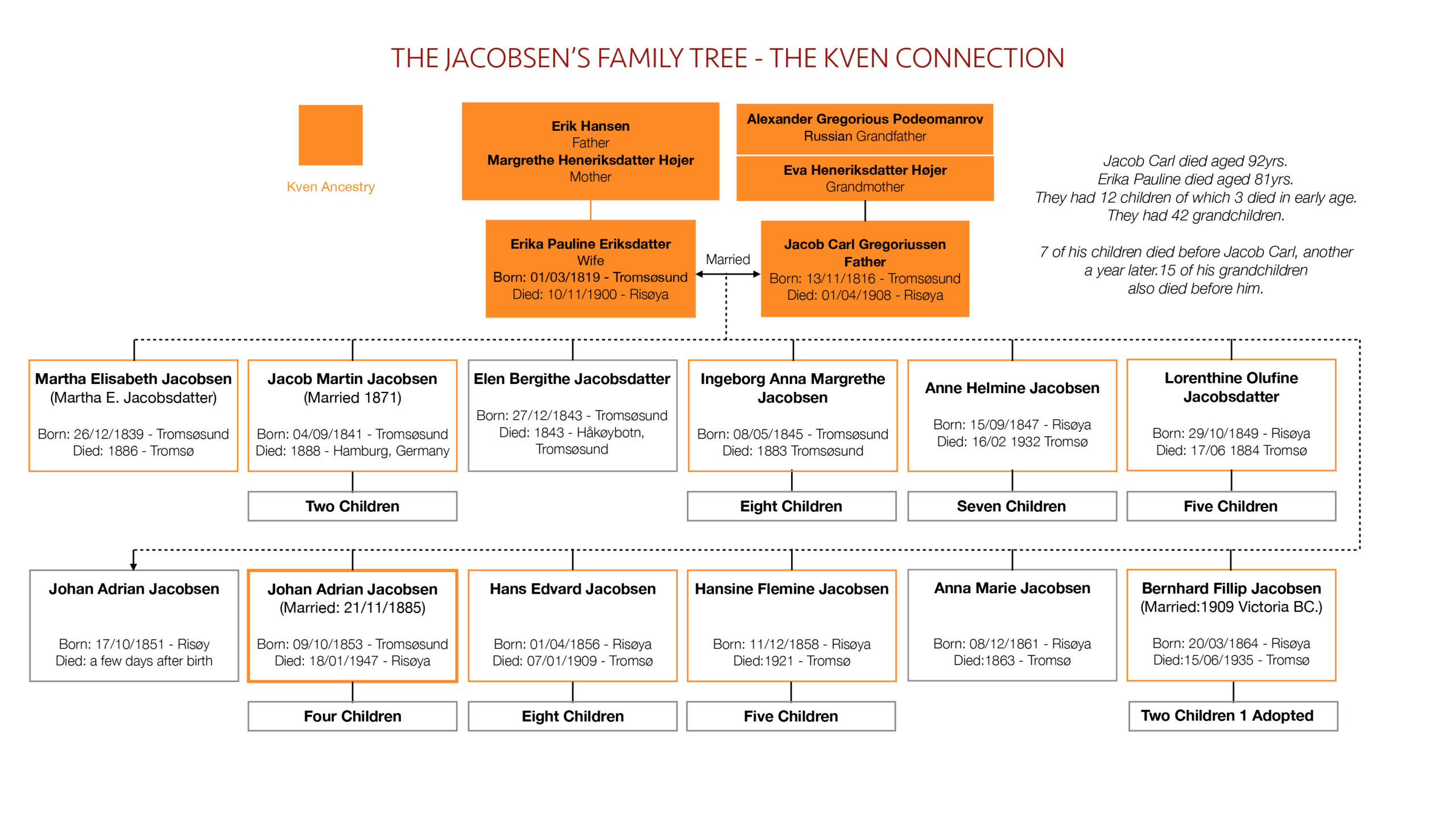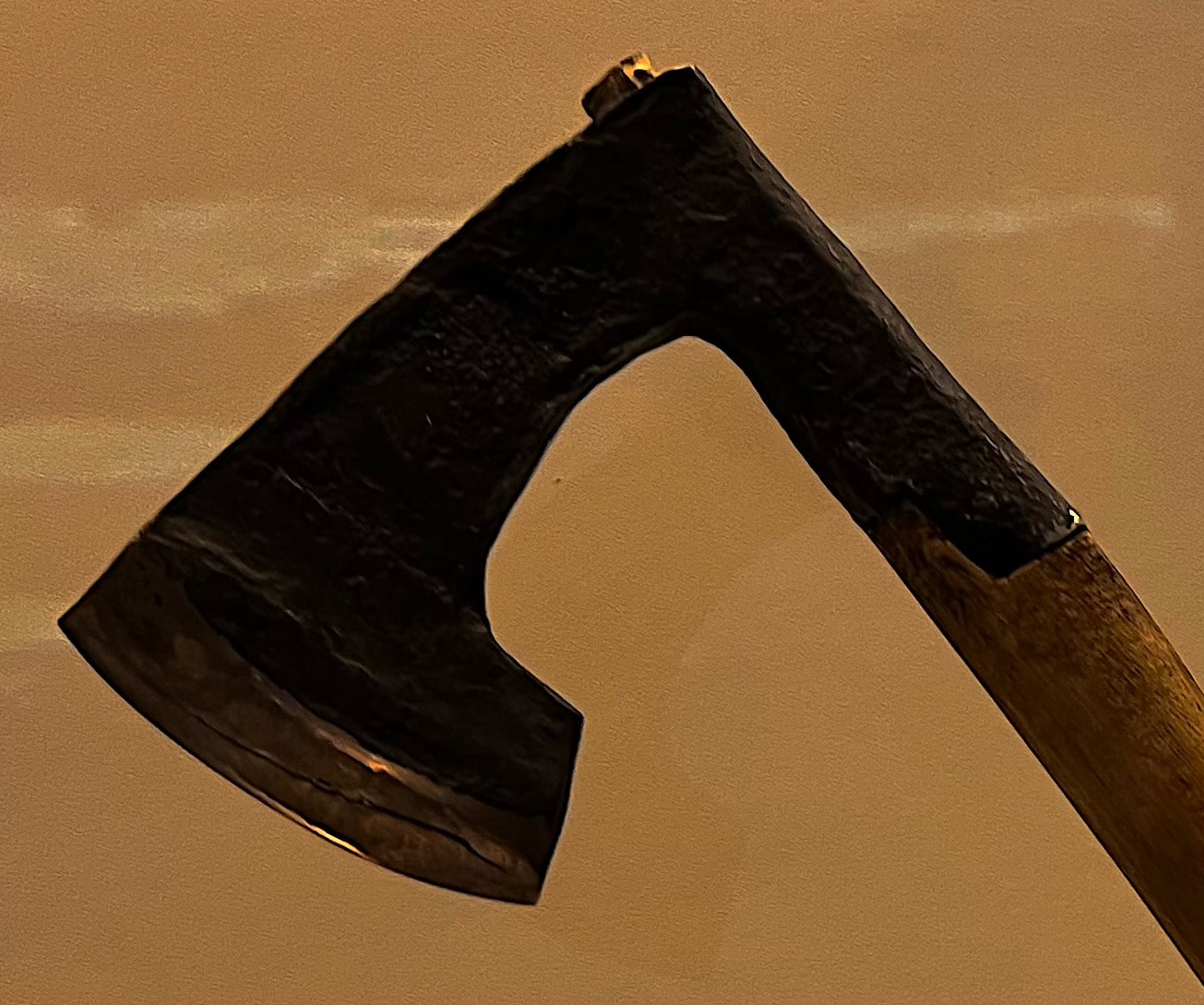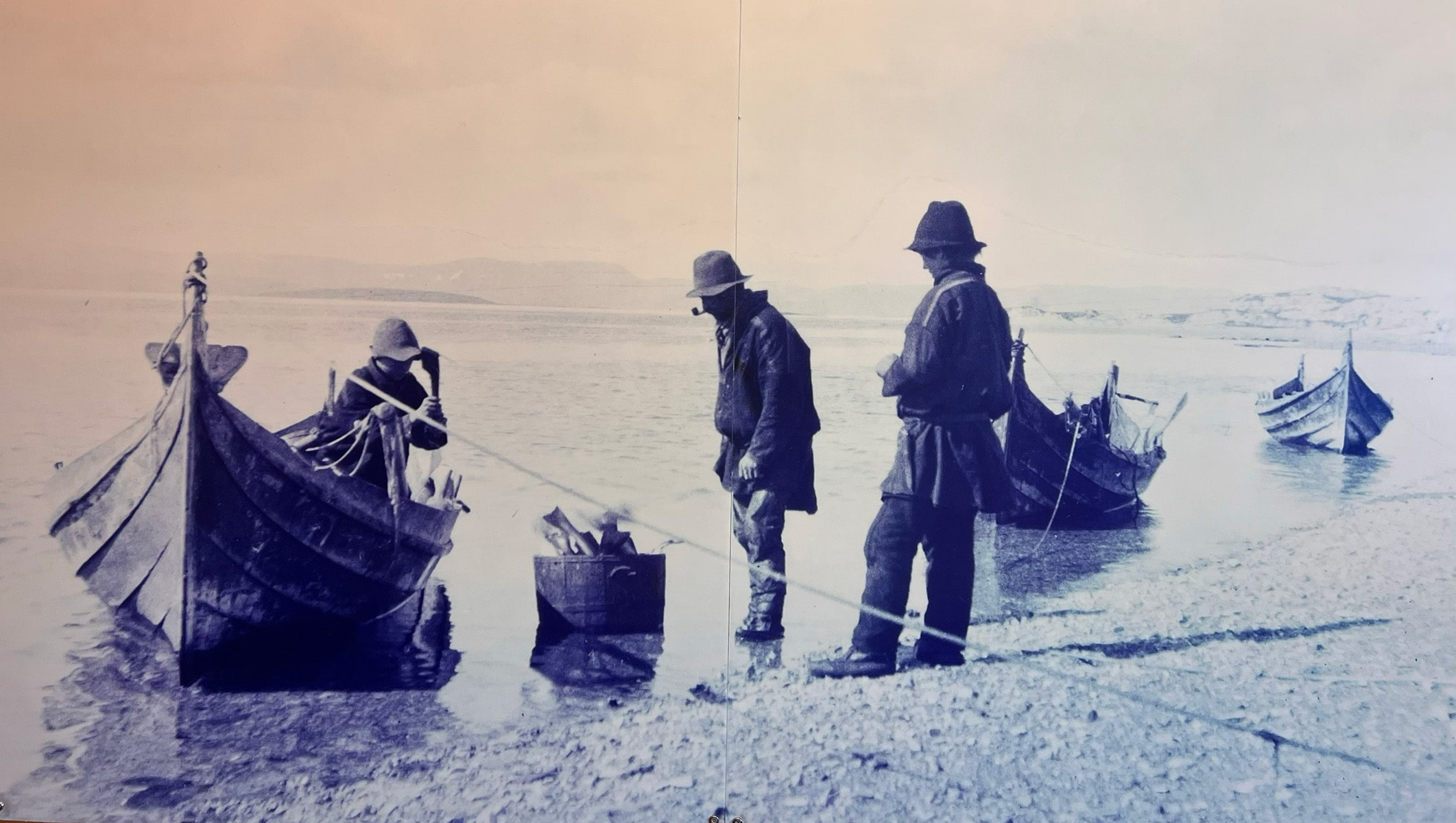JACOBSEN ANCESTRAL BIRTHRIGHT
The Jacobsen family are direct descendants of an people originating from Finland and the north of Sweden, known as the ‘Kven’ (Qven or Qvæn). The Kven are a separate ethnicity to that of the reindeer herding Sami, who also populated the region. Centuries ago the Native Kven inhabited a region known as the North Callote, located within the Artic circle. The Kven centred their occupancy around the basin area which covers both sides of the Torne (Torino) River, forming a juxtaposition between three countries; Finland, Sweden, and lying to the north Norway.
The Kven where a migratory people, who spread across all three nations, eventually establishing residency in parts of northern Norway. They brought with them their cultural habits, sauna traditions, and sustainable way of living, at one with the natural world and environment. They made use of all available resources at hand, to craft equipment by adapting available technology of the time. They built timber houses, using iron tools and metalwork made by blacksmiths, such as the distinctive Kven Axe. A recently discovered Kven Axe is thought to be 600 Years old.
The Kvens arrival in North Norway had a significant impact on the development of Arctic agriculture, with the breeding of cows, sheep and horses, especially in the region of Finnmark. They developed saddlery equipment for use on horses, sledges and wagons, creating tools for both sea and fresh water fishing, along with all kinds of hunting equipment, including rifles. The Kvens were acknowledge for their unique boat-building and seamanship skills. They utilised tar extracted from burning fir trees, to coat and waterproof their vessels, to be able to fish and hunt in the Barents Sea. (Their unique method of river boat building is today recognised by UNESCO Heritage, a testament to their ingenuity and skill).
Kven sailors, formed the mainstay of crews on the ships departing from Hammerfest and eventually from the city of Tromsø during the 1800’s. Through their deep connection to the land and sea, and their mastery of traditional crafts, as well as their unwavering resilience in the face of nature’s challenges. The Native Kven carved out a unique, sustainable existence, leaving a lasting legacy that echoes through the icy winds of time.
Although Jacobsen’s father (Jacob Carl Gregoriussen) was of Russian extraction on his fathers side, both his in-laws; Erik Hansen, his wife, Margrethe Heneriksdatter Højer, and Jacob Carl’s mother; Eva Heneriksdatter Højer, as well as Jacob Carl’s wife Erika Pauline Eriksdatter, were all of Kven ancestry. Jacobsen’s father demonstrated many Kven characteristics, the resilience, determination and adaptability required to establish a sustainable life for his family on the isolated island north of Tromsø, that he had purchased in 1838.
There is a special word to characterise people with these unique traits, “Sisu,” a Finnish word, that symbolises a combination of strength in the face of adversity, the resilience, perseverance, and determination to survive and overcome . ”Kvensk Sisu» is specific to their cultural heritage, it embodies a spirit of toughness required to survive the extreme winters where the climate Is a everyday challenge. For it to be said you possess “Sisu,” is to have demonstrated the ability to survive, endure long periods of isolation, travel far distances on foot, or withstand inclement weather navigating the Artic seas.




